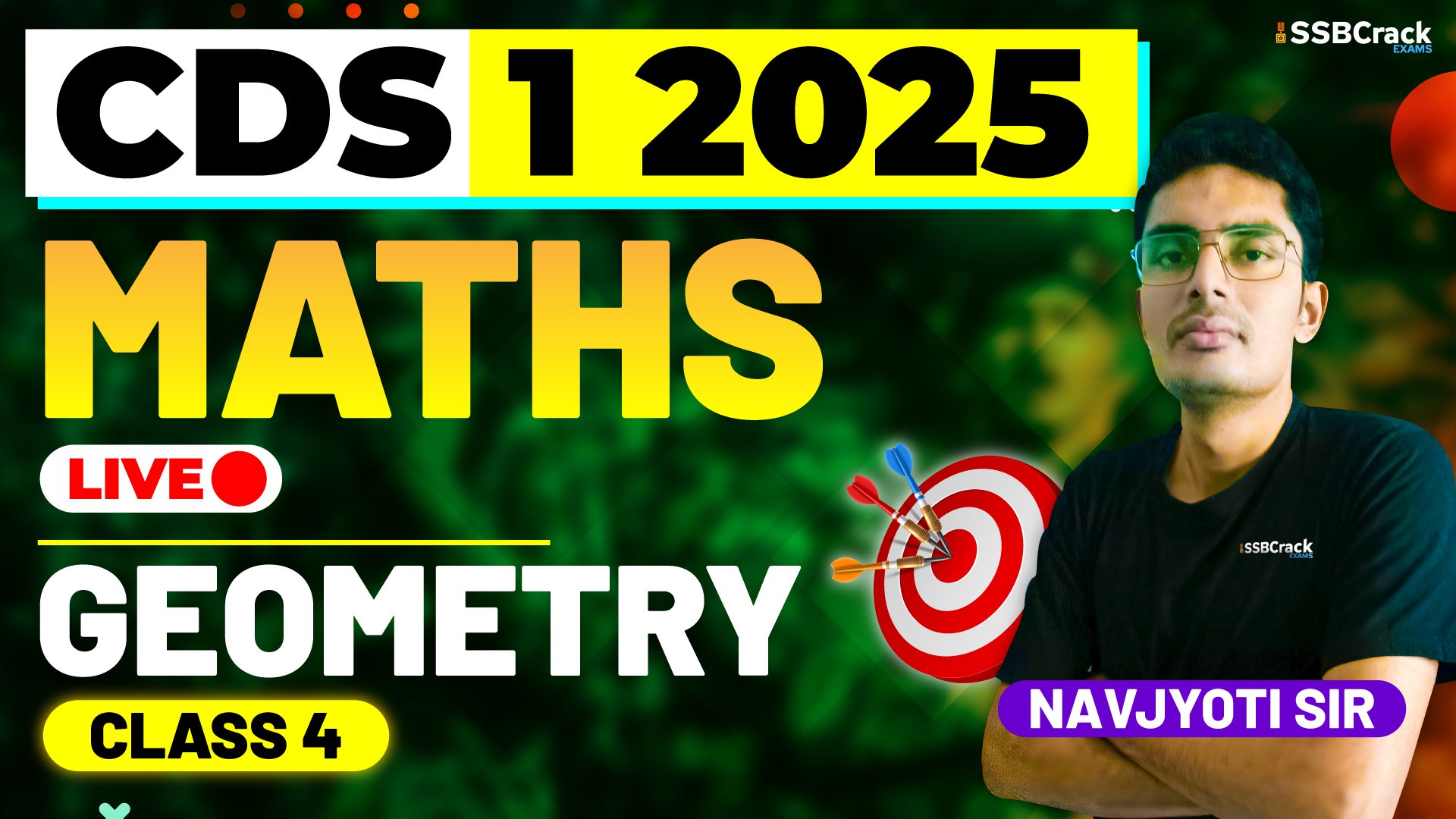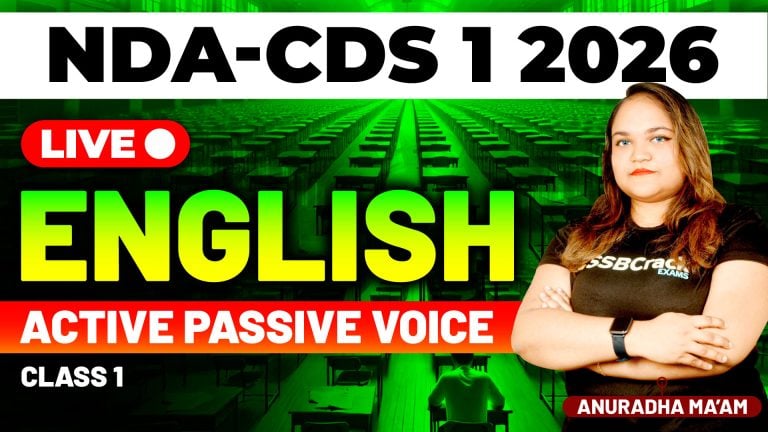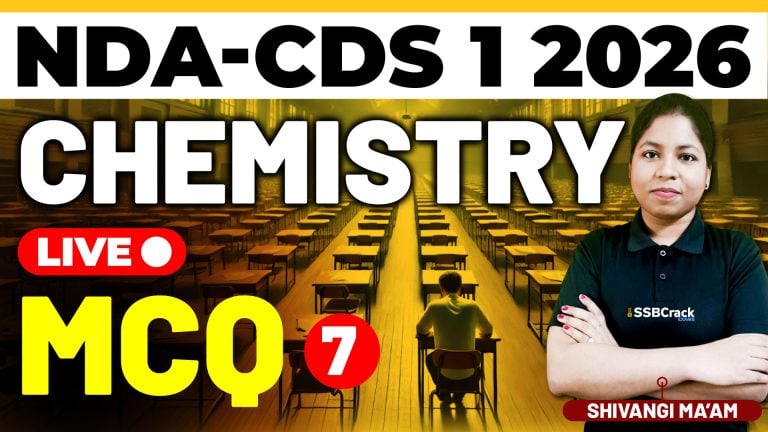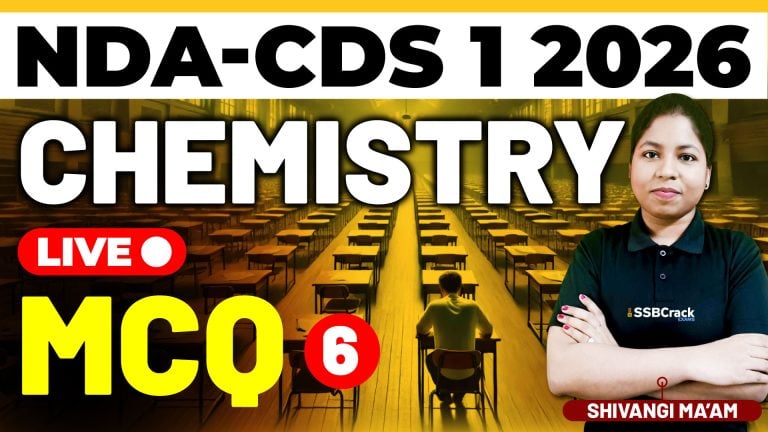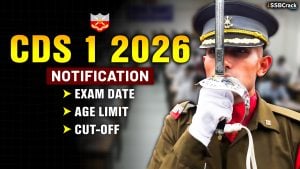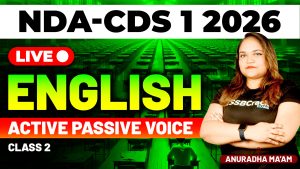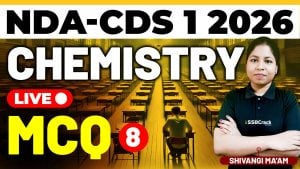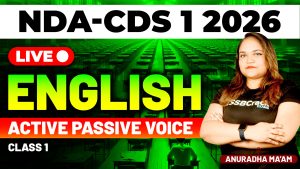Geometry plays a critical role in the CDS Maths syllabus, and understanding its core concepts is essential for success in the exam. A recent class focused on several foundational topics, including the points of concurrency in triangles (incentre, circumcentre, orthocentre, and centroid) and the unique properties of circles, tangents, and secants. This blog will cover these topics in depth and provide strategies to prepare effectively for the CDS exam, where geometry is both challenging and rewarding.
Key Topics Covered in Class
- Points of Concurrency in Triangles
- Points of concurrency are where special lines or segments meet within a triangle. They reveal essential properties and relationships that are widely used in geometry problems. The four main points of concurrency discussed are:
- Incentre: The incentre is the point where the angle bisectors of a triangle meet. This point is equidistant from all sides of the triangle and is the center of the triangle’s incircle, which is the largest circle that fits entirely inside the triangle.
- Circumcentre: Formed by the intersection of the perpendicular bisectors of each side of the triangle, the circumcentre is the center of the circumcircle, the circle that passes through all three vertices of the triangle. The circumcentre can lie inside or outside the triangle, depending on its type.
- Orthocentre: The orthocentre is the point where the altitudes of a triangle intersect. Unlike the incentre and circumcentre, the orthocentre’s location varies significantly depending on whether the triangle is acute, right, or obtuse.
- Centroid: The centroid is where the medians (lines from a vertex to the midpoint of the opposite side) meet. It divides each median into two segments, with the section nearest the vertex being twice as long as the section near the midpoint.
- These points are critical for solving various geometry problems, especially when combined with the properties of triangles.
Circles and Related Theorems
- Circles and their properties feature prominently in geometry, and understanding these theorems is vital for CDS exam preparation. The following theorems were highlighted:
- Theorem of Tangents: A tangent is a line that touches a circle at exactly one point. The theorem states that a tangent drawn from a point outside the circle is perpendicular to the radius at the point of contact.
- Theorem of Secants: A secant is a line that intersects the circle at two points. Understanding how secants and tangents interact can help solve problems involving line segments within or around a circle.
- Mastering these theorems is key, as they frequently appear in CDS exam questions where you need to find lengths, angles, or relationships involving circles and their tangents.
Common Tangents for Circles
- Common tangents are lines that touch two circles, either internally or externally. The class discussion covered:
- Direct Common Tangents: These tangents touch two circles externally without crossing between them.
- Transverse Common Tangents: Transverse tangents pass between the two circles and touch each circle at a single point.
- Understanding these concepts can be particularly useful for problems that involve calculating the length of a tangent or identifying relationships between tangent lengths. The difference between direct and transverse common tangents is essential in solving problems involving multiple circles.
Length of Tangents
- The length of common tangents for two circles can vary based on the distance between their centers and their radii. Problems often ask for direct or transverse tangent lengths, making it important to recognize which formula to use based on the given circle configuration.
Essential Strategies for Preparing Geometry for the CDS Exam
Focus on Diagrams for Clear Visual Understanding
- Geometry questions are significantly easier to solve with clear, accurate diagrams. Drawing out each problem and marking known values helps you visualize relationships and clarify which geometric properties or theorems to apply.
- Practice sketching triangles and circles with their incentres, circumcentres, orthocentres, and centroids. Similarly, practice drawing tangents, secants, and points of contact on circles to reinforce spatial understanding.
Master Circle Theorems
- Circle theorems form a large part of geometry questions, so familiarize yourself with them through consistent practice. Creating a summary sheet with each theorem, its statement, and a simple diagram can be an effective way to reinforce memorization and understanding.
- Look for questions that combine multiple theorems, such as those involving both tangents and secants, to help you learn how to apply multiple rules in a single problem.
Practice Triangle Points of Concurrency
- Since incentres, circumcentres, orthocentres, and centroids are foundational in triangles, understanding each point’s defining property and the lines used to create them is crucial. Practice identifying these points and understanding their properties, such as the fact that the centroid divides each median in a 2:1 ratio.
- Use practice problems that incorporate these points to understand how they influence triangle properties and help in solving complex geometry problems.
Work on Common Tangents Problems
- Problems involving common tangents are common in exams and require both understanding and accuracy in calculating tangent lengths. Ensure you know when to apply the formulas for direct and transverse tangents.
- Practice identifying different tangent types and applying them to circles positioned both internally and externally.
Solve Previous CDS Exam Papers
- Reviewing previous CDS papers reveals common question patterns and themes, especially for geometry. Regular practice helps you anticipate which properties or theorems are likely to appear and improves your speed and accuracy.
- Set a timer and try solving geometry questions under exam-like conditions. This will help build confidence and ensure you’re prepared for the time constraints of the actual exam.
Use Online Geometry Resources
- Many online resources, including interactive geometry tools, can help reinforce your understanding. Using these resources to visualize points of concurrency or the relationships between circles and tangents can deepen your comprehension.
- Explore websites that provide interactive diagrams to explore different types of tangents, triangle concurrency points, and circle properties. This visual approach reinforces memory and conceptual clarity.
Conclusion
Mastering geometry for the CDS exam involves a solid understanding of points of concurrency in triangles, theorems related to circles, and properties of tangents and secants. Through regular practice, familiarity with key theorems, and consistent review of past questions, you can build the skills needed to tackle CDS geometry problems confidently. Using diagrams, focusing on circle theorems, and practicing complex problems are all vital steps in preparation.
With a strong grasp of these geometric concepts and careful preparation, geometry can become one of the most rewarding parts of the CDS syllabus. Combining knowledge, practice, and visualization techniques will enable you to tackle even the most challenging geometry questions with accuracy and speed.
